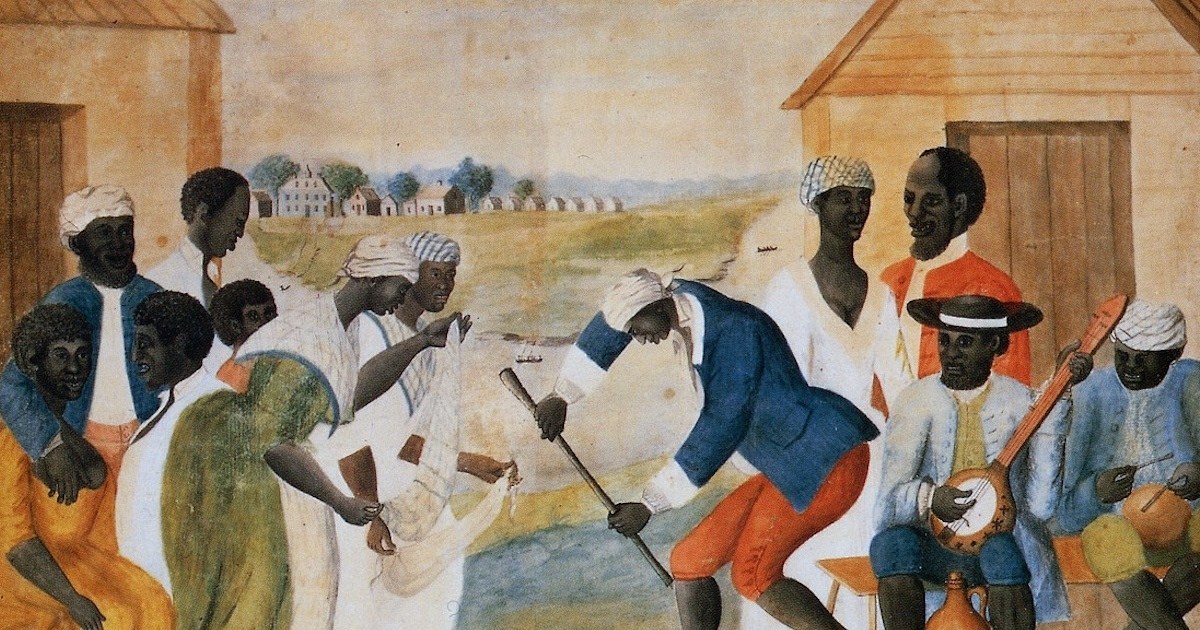[ad_1]
In late August 1619, “20 and odd” captive Africans first touched the soil at Point Comfort (now Fort Monroe National Monument), part of England’s new colony in Virginia. These men and women had been stolen from their homes in Africa, forced to board a ship, and sailed for months into the unknown. The first Africans in an English colony, their arrival is considered by many historians to be the beginning of a 400-year story filled with tragedy, endurance, survival, and a legacy of resilience, inequality, and oppression.
These first Africans in Virginia were not the first Africans in North America, but they were a significant part of the ever changing Atlantic world during the colonial era. Their travels and experiences represent those of more than 12.5 million other captives, who were taken from Africa to be sold in the Americas during the five centuries of the transatlantic slave trade. Their story marks an important historical transition, as the North American colonies began to turn away from indentured servitude and instead rely on chattel slavery. (See also: It was America’s first colony. Then it was gone.)
Slavery In Africa
On the west coast of central Africa in the 1600s, the Portuguese were in the midst of a war with Ndongo, a powerful west African kingdom located between the Lukala and Kwanza rivers, in present-day Angola. The people of Ndongo lived in developed cities and towns surrounding their capital city, Kabasa. The capital was where royalty lived, along with approximately 50,000 citizens. In 1618, Portuguese forces aligned with Ndongo’s adversaries, neighboring Imbangala mercenaries, to invade the kingdom. They captured thousands of prisoners to sell into slavery.
[ad_2]
Source link


